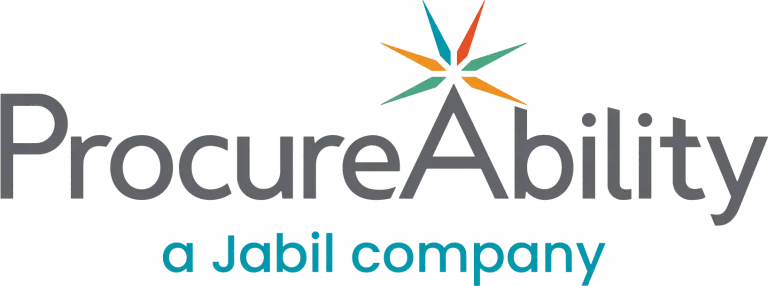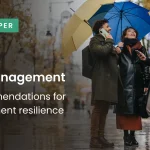Mergers and acquisitions (M&A) are expected to rebound in 2024, following 2023’s sparse deal activity.1 While M&A is typically associated with corporate and finance strategies, the procurement function plays a crucial role in ensuring success. From a procurement perspective, M&A often presents opportunities to enhance purchasing power, expand into new markets, and streamline operations. Consequently, companies can increase competitiveness and profitability.
 $2 trillion per year
$2 trillion per year
Of the $2 trillion spent annually on acquisitions, an estimated 70–90% fails to deliver the anticipated results.2
How, then, can procurement influence the final terms of an acquisition and ensure better outcomes? ProcureAbility’s proprietary roadmap highlights where procurement can make a significant impact on upcoming transactions.
 Conducting due diligence
Conducting due diligence
Procurement teams are often tasked with conducting due diligence to evaluate potential savings and supply chain benefits during a merger or acquisition. During this discovery phase, they should review the target company’s spend, supplier contracts, relationships, purchasing processes, and supply chain synergies or challenges.
For example, they should:
-
Evaluate supplier relationships across both organizations to identify areas for consolidation.
-
Determine supplier importance and align with a single provider for comparable products or services. This helps eliminate duplications and negotiate favorable terms to establish preferred suppliers.
-
Assess and mitigate procurement risks arising from the deal, including supplier disruptions, contractual issues, or regulatory compliance.
Furthermore, engaging a third-party service provider can greatly enhance due diligence. Their expertise ensures a thorough review of expected savings and benefits, helps assess synergies, identifies integration hurdles, and evaluates the overall deal and merged organization’s value.
 Staffing up
Staffing up
Mergers often follow tight timelines, which can stretch the procurement team and limit their ability to manage the complexities of combining functions. Therefore, when your company transitions to acquisition mode, consider augmenting the team. This approach maintains consistent support for internal stakeholders and ensures smooth operations.
 Supporting successful integrations
Supporting successful integrations
Procurement plays a key role in addressing integration challenges early and maximizing value. By identifying common goals and crafting a unified strategy, procurement ensures processes align with the new organization’s objectives. At this stage, the focus should be on simplifying systems, standardizing processes, maintaining compliance, and leveraging best practices from both organizations to boost efficiency.
Top Recommendations

Strategic Contract Separation Plan
Review all existing contracts, terms, and conditions to understand obligations, commitments, and potential risks.

Contractual Review and Analysis
Develop a plan to manage contract separation when only a portion of a company is being acquired.
Restructuring for Alignment
Renegotiate contracts where necessary to align with the new organizational structure and requirements.
Strategic Contract Separation Plan
Review all existing contracts, terms, and conditions from both
companies to understand obligations, commitments, and potential risks.
Restructuring
for Alignment
Renegotiate contracts
where necessary to align
with the new organizational
structure and requirements.
Top
Recommendations
Contractual Review
and Analysis
Develop a plan to manage
the separation of contracts
when only one of a company’s
business units is being acquired.
 Revisiting technology infrastructure
Revisiting technology infrastructure
M&A integrations often require significant IT changes, presenting an opportunity to assess procurement digital tools and plan for long-term innovation. Consolidating functions can foster collaboration, improve supplier relationship management, and enhance market responsiveness.
It is crucial to evaluate the technology landscape and determine the most effective approach for consolidating tools and applications. Standardizing processes, implementing consistent tools, and leveraging analytics drive efficiency and produce data-driven insights for sourcing decisions. Additionally, streamlining technology reduces support needs and offers potential cost savings in the future.
 Positioning change as opportunity
Positioning change as opportunity
Stakeholders affected by an M&A deal may be vulnerable to leaving the organization. Therefore, proactively managing change is essential. Clear communication, detailed planning, and training encourage ownership and collaboration, supporting a smooth transition.
Ultimately, procurement is central to addressing integration challenges and maximizing value. By aligning goals, simplifying systems, standardizing processes, and leveraging best practices, procurement ensures the new organization operates efficiently and effectively.
Author:
Contributors:
Kathleen M. Pomento, Chief Marketing Officer, ProcureAbility





